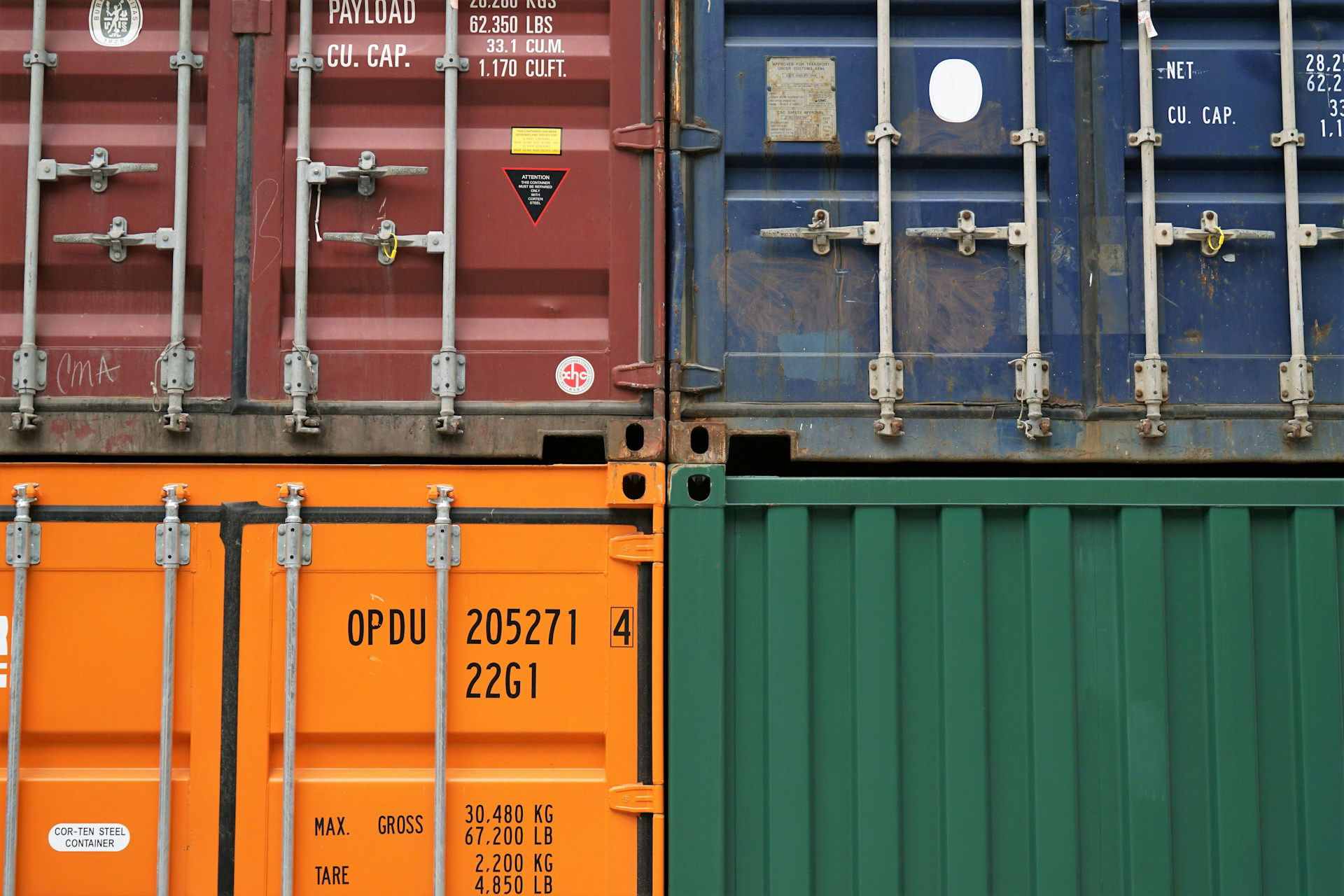The evolution of commodity prices over the next decade will be heavily determined by the green energy transition, which will be a boon for some commodities and reduce demand for others. To delve deeper into the crude oil outlook and metal price outlook for the decade ahead, you can download our latest special report on commodities, where we closely examine the role of the energy transition and other key demand and supply factors.

Crude oil outlook: prices to fall but remain elevated
As outlined in our special report, our panelists forecast the spot prices of Brent and WTI to fall around 10% from 2023 levels over the next decade. Both demand and supply-side factors will shape the crude oil outlook. Demand is set to decline as countries shift towards renewables and less polluting fossil fuels in a bid to mitigate climate change. That said, prices will remain historically elevated due to rising demand from China and India. Supply-wise, production is set to expand more than demand ahead, chiefly due to stronger output in the U.S. and non-OPEC+ Latin American countries, which will add further downward pressure on prices.
The metal price outlook is mixed
Copper and will experience an upward price trends over the next decade, spurred by rising demand stemming from the green transition. Both metals are highly conductive and cost-effective, which makes them ideal for a wide array of electricity-related renewable energy technologies. Additionally, production of both metals is set to expand at a slower pace than demand, which will buttress prices.
In contrast, nickel and iron ore prices are expected to decrease over the decade ahead. The nickel market is projected to be in a and strong production growth will limit price gains over the next five years. Meanwhile, unlike most base metals, iron ore will not benefit from the energy transition: Demand for the metal is set to fall as steelmakers transition to green steel, which is produced in electric furnaces that require much less iron ore.
Gold prices are seen trading well above the preceding 10-year average over the coming decade. Over the long run, declining U.S. bond yields and a growing jewelry market should translate into robust gold demand. That said, historically elevated prices will spur miners to increase production, hence capping price gains.
Insight from our analyst network
On the crude oil outlook, EIU analysts said:
“From 2025 demand growth will tail off more significantly as longer-term trends return to the fore. We expect oil consumption in OECD countries to continue to decline, given those countries’ focus on energy efficiency and measures to tackle climate change. Similar trends are at play in non-OECD countries, but given their stage of development and strong economic growth, oil demand will continue to expand at a modest pace in those countries for at least a few more years.”
On copper supply, ANZ analysts commented:
“Investment is increasingly challenging. In South America, mining companies and project developers need to win over communities and gain political acceptance before proceeding. This requires social outreach, time and patience and has prompted policies and laws that make getting a mine approved, constructed and into operation more challenging.”
Our latest analysis:
In a recent special report, we examine ASEAN’s economic outlook for 2024 and beyond.
U.S. inflation exceeded expectations in February.
Download our free special report on the commodity price outlook

